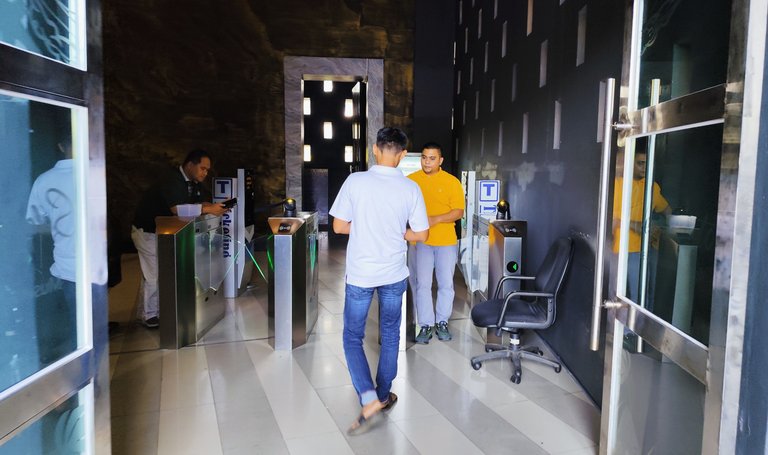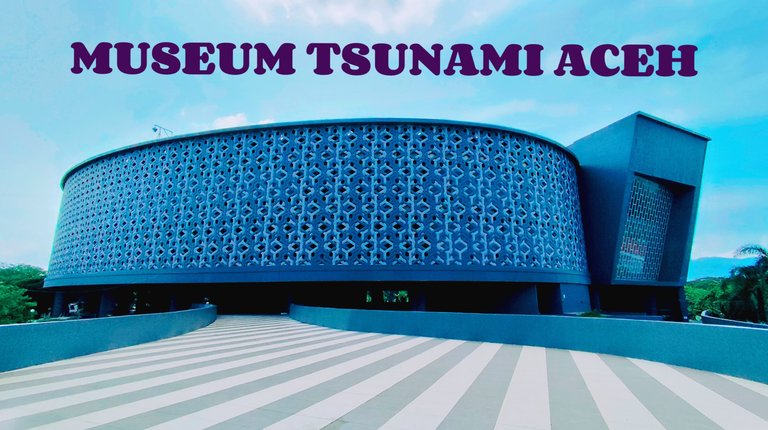
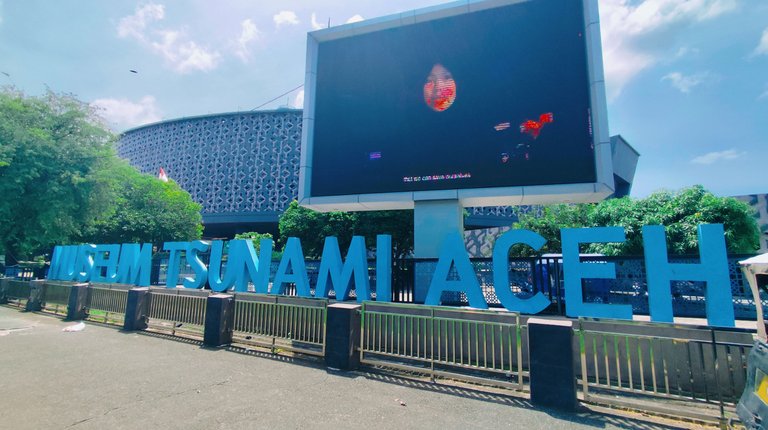
Today, I enjoyed my holiday by visiting one of the historical places for the people of Aceh, which is one of the provinces in Indonesia, namely the "Aceh Tsunami Museum".
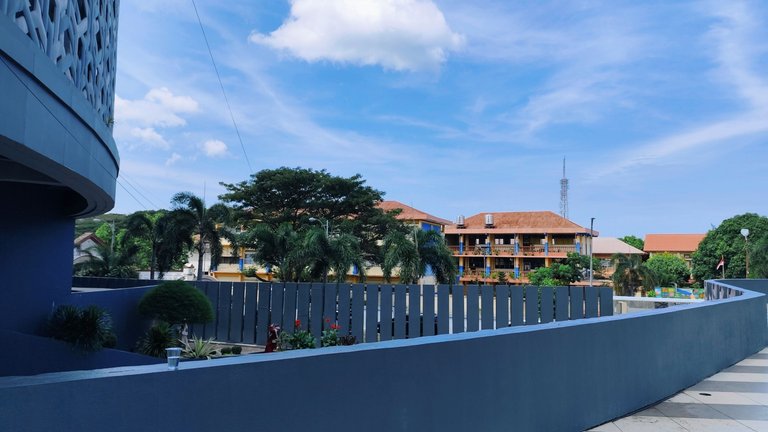
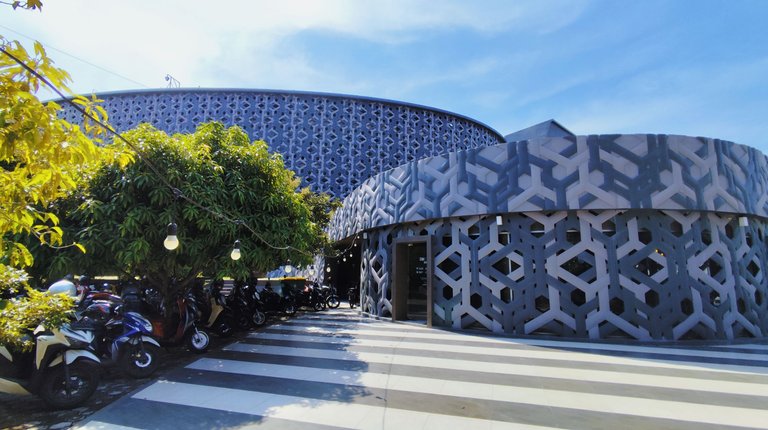
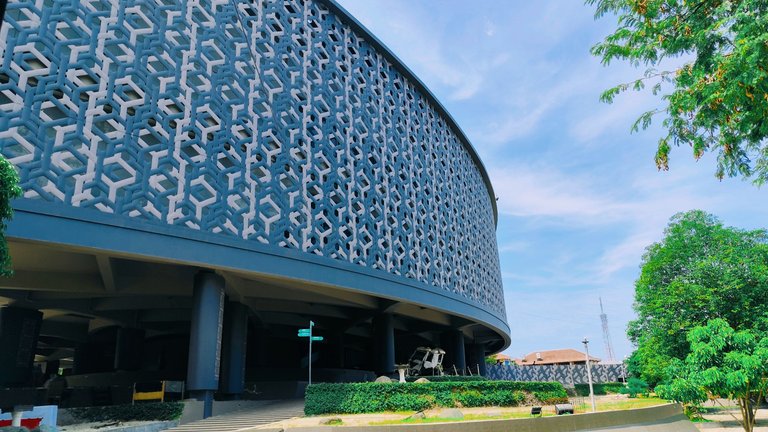
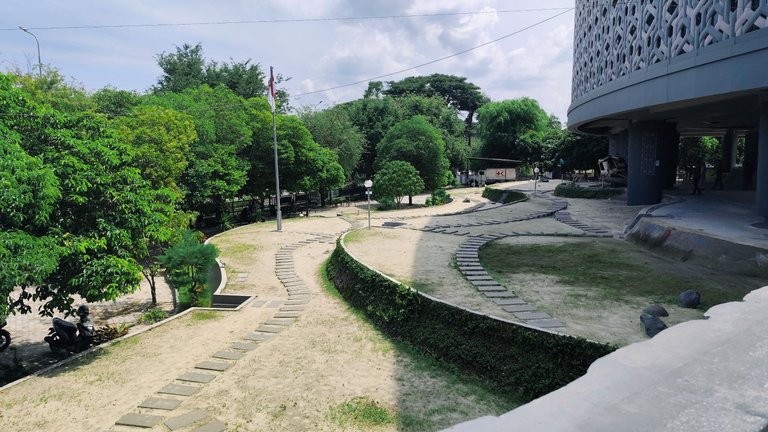
History
Indonesia experienced a devastating disaster in the form of a tsunami earthquake that rocked Aceh on December 26 2004. As a form of memory of the victims of the earthquake and tsunami, the Aceh Tsunami Museum was created.
On December 26 2004, at around 07.58 WIB, a powerful earthquake hit Aceh. This 9.3 magnitude earthquake (SR) caused a series of devastating tsunamis along the land directly bordering the Indian Ocean. Aceh is the worst affected area apart from Sri Lanka, Thailand and India.
There were many fatalities in this disaster, even reaching 170,000 people. Therefore, the Aceh Tsunami Museum was created to commemorate the victims of the Aceh tsunami, as well as an educational place and evacuation center during the disaster.
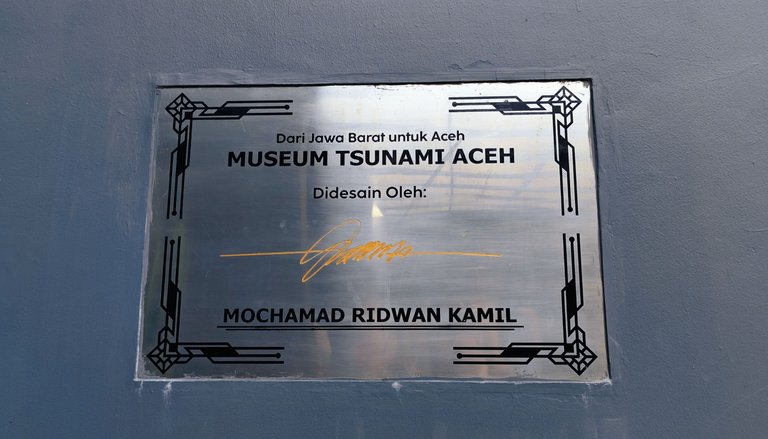
This museum was founded on February 23 2009. The designer of this museum is Ridwan Kamil who currently serves as Governor of West Java and was inaugurated on February 23 2009 by the President of the Republic of Indonesia, namely DR. H. Susilo Bambang Yudhoyono.
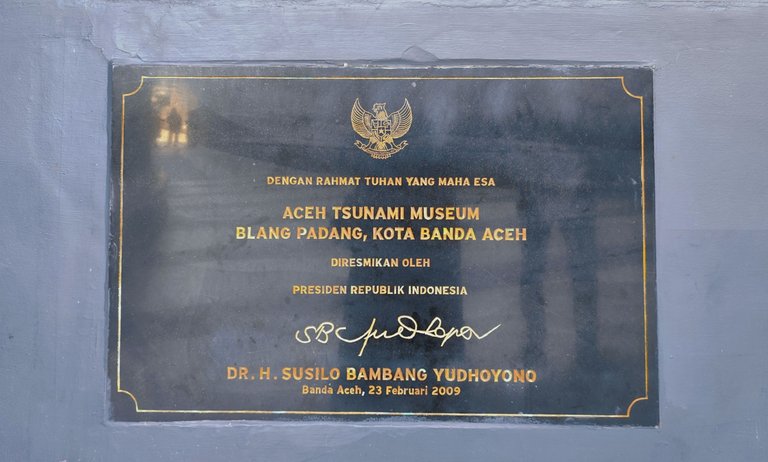
The Tsunami Museum holds around 6,038 collections. The collection is divided into several types, namely ethnographic, archeological, biological, technological, keramonological, fine arts, numismatics and heraldry, geology, philology, as well as history and audio-visual rooms.
Entrance Path to the Museum
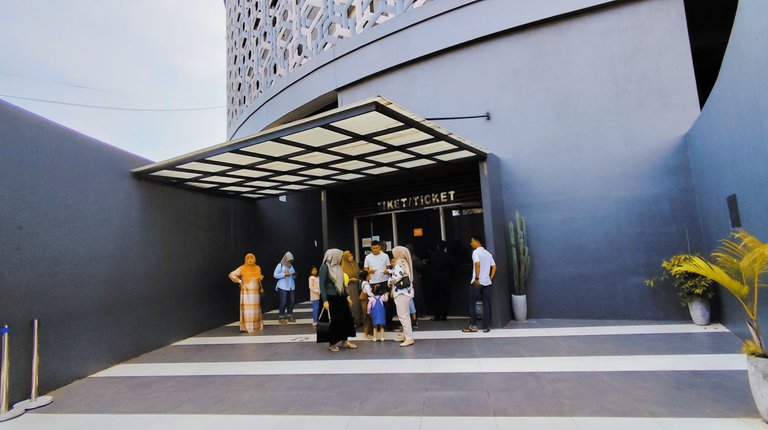
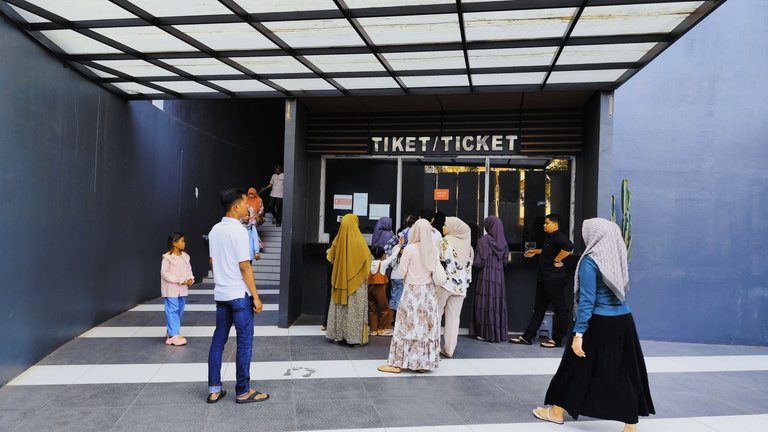
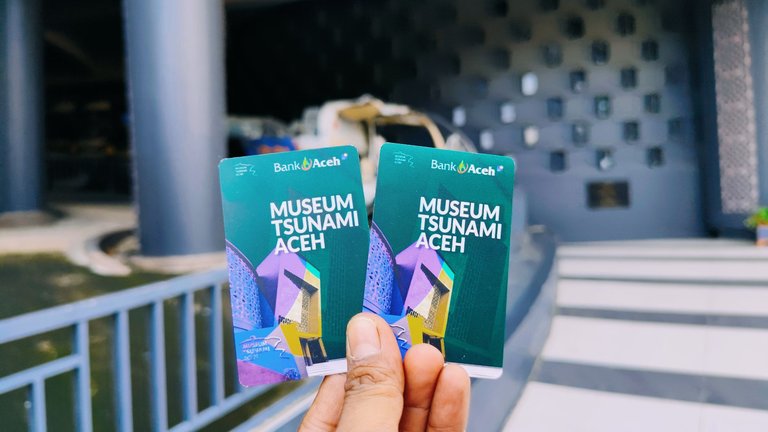
As a first step, of course we have to buy tickets first. The price is still very affordable, namely Rp.5.000/person.
Tsunamy Alley
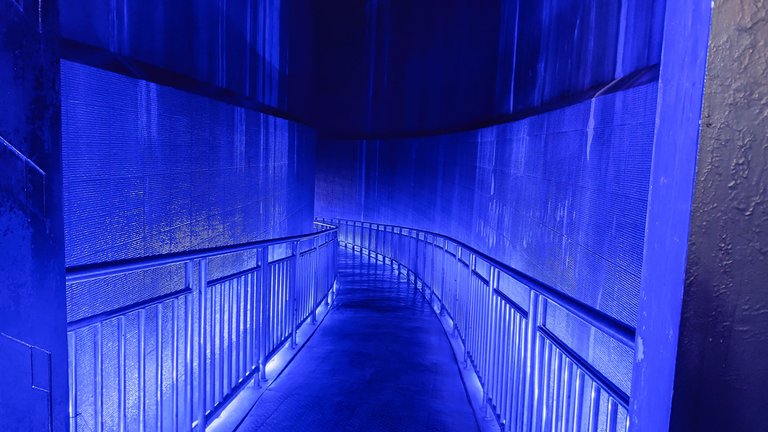
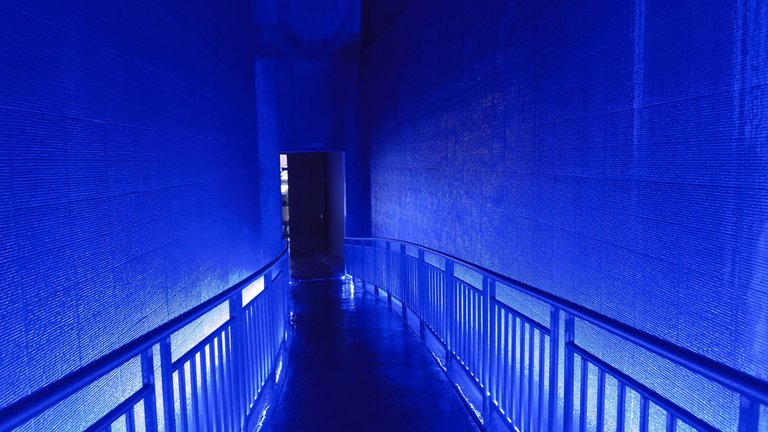
This alley takes you back to the Sunday morning atmosphere of December 26, 2004, when the tsunami occurred. It's a dark corridor with water splashing from both sides, the sound of prayers, and the rush of water, reminding you of the tsunami that struck Aceh. The corridor is designed at the same height as the average tsunami height on the coast of Aceh area, which is 30 meters.
Memorial Hall
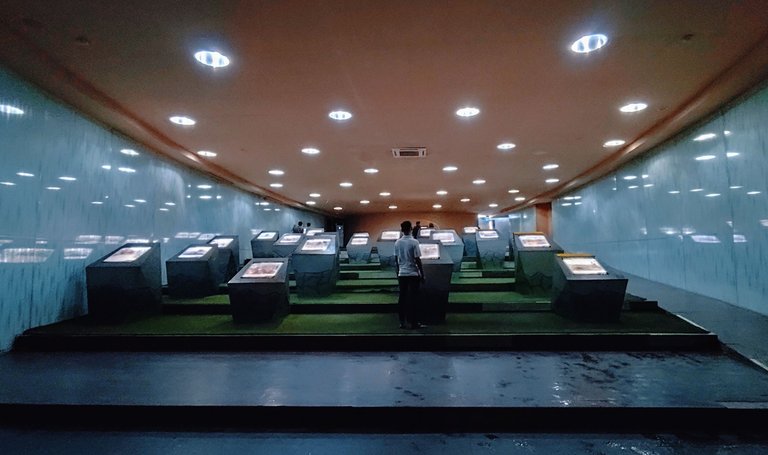
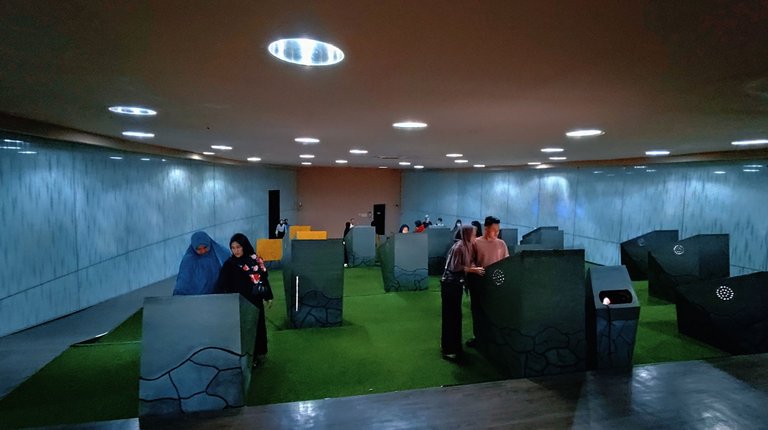
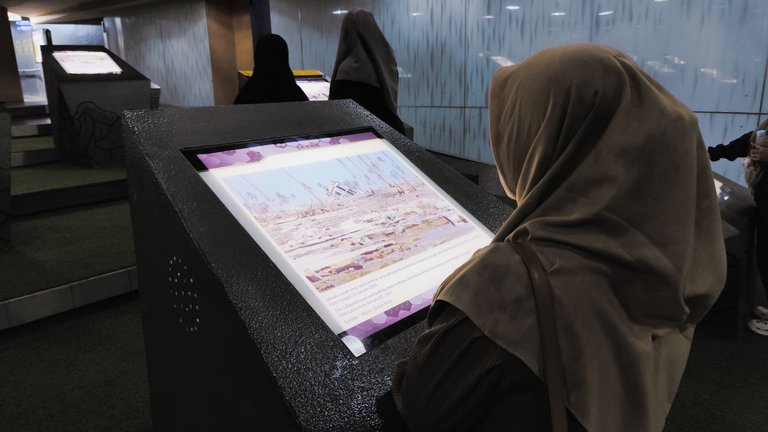
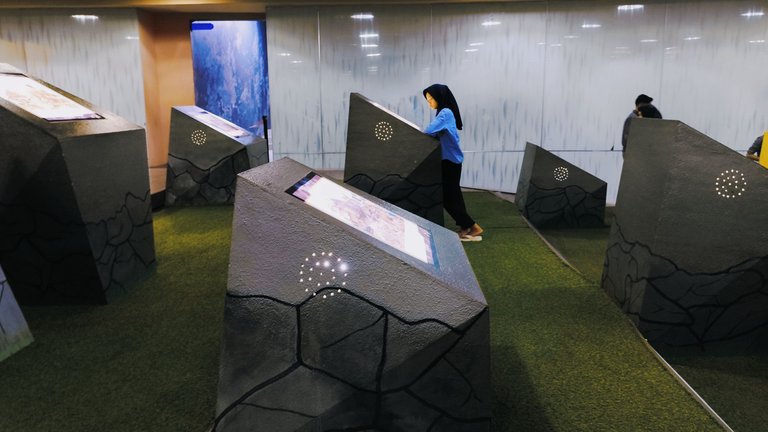
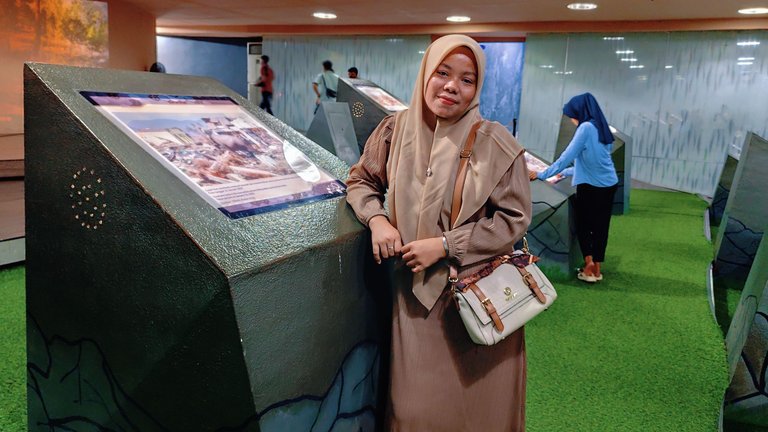
This room functions as a reminder about the Aceh tsunami. Located on the ground floor, this dark room is equipped with 26 media panels that reflect the dates of past tsunamis. The concept of this room depicts the seabed, where the glass on both sides shows the vastness of the ocean. Dim lighting is liked to sunlight shining on the seabed, while media panels are liked to coral in the ocean.
Chamber of Blessings
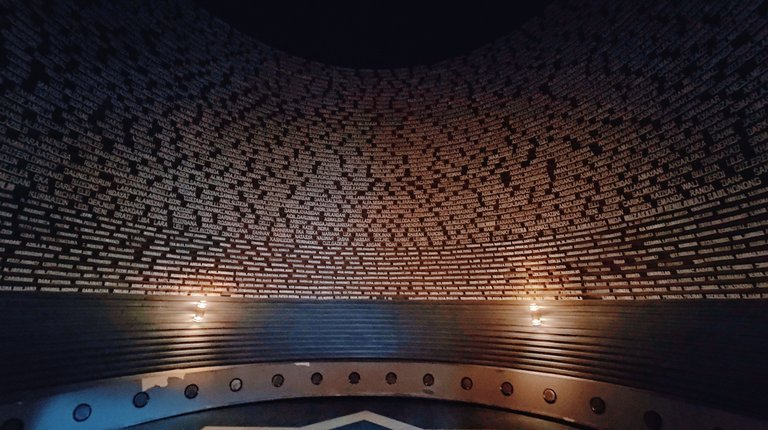
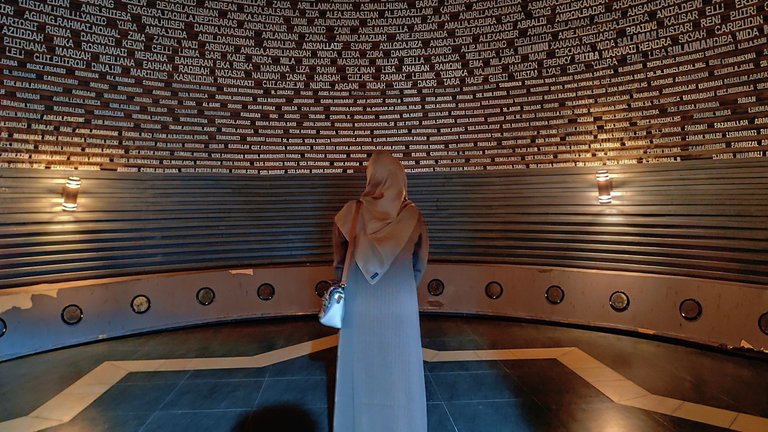
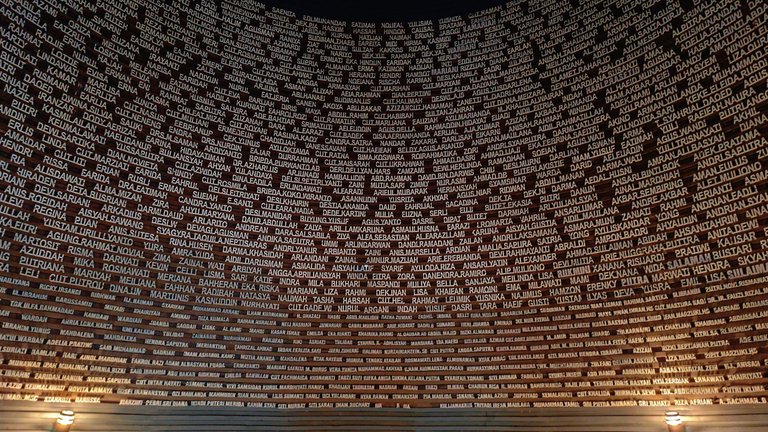
Praying hall with dark atmosphere with cylinder-shaped wells shined by the light over hole with Arabic written word "Allah" (Allah means the God from Islamic religion). This room symbolizes a mass grave, with the names of tsunami victims engraved on the walls. Here, you can series prayers for those who have passed away.
Bridge of Peace
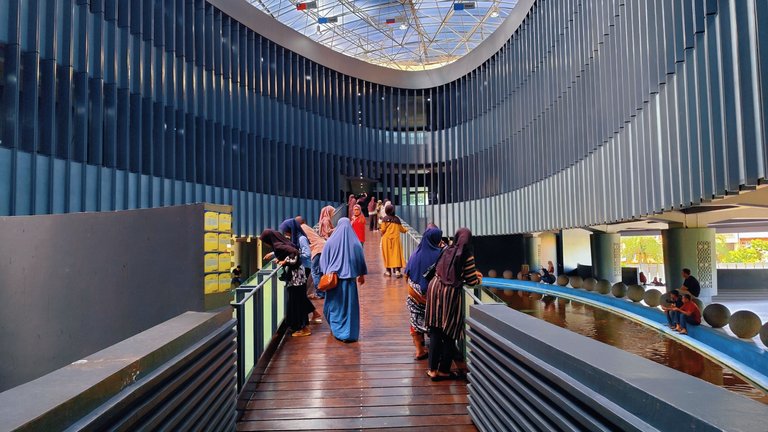
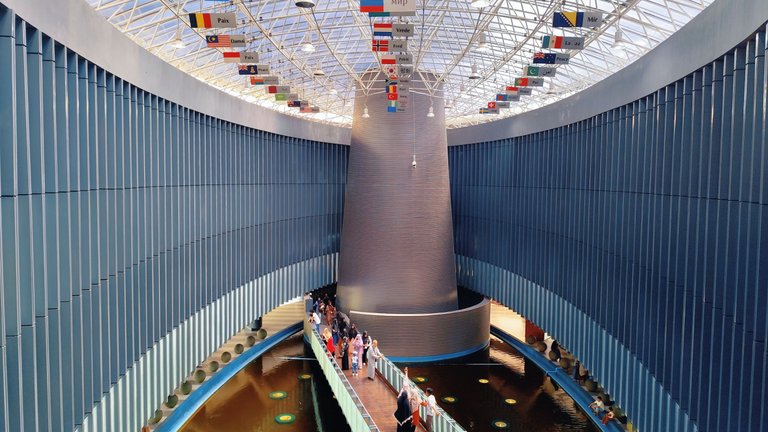
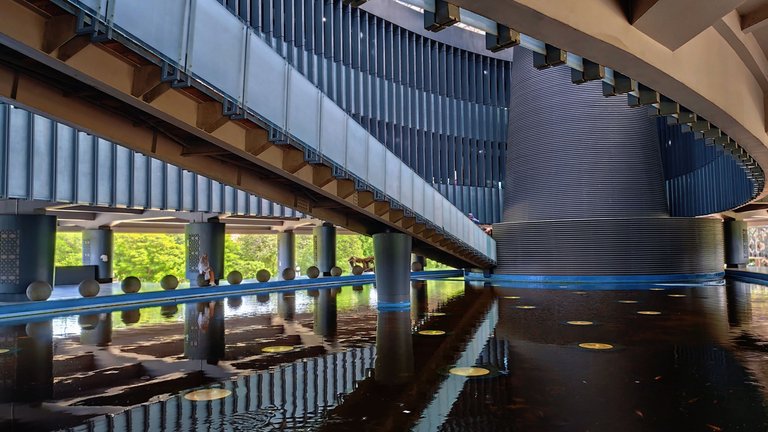
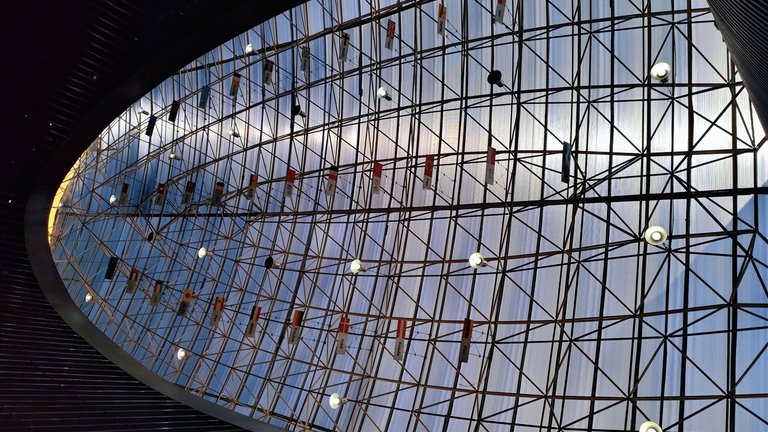
After the 2004 Tsunami, Aceh found new hope in the form of extraordinary wisdom, namely peace. On August 15 2005, the Helsinki MoU peace agreement was signed, creating historic momentum for the journey towards peace in Aceh.
As an expression of gratitude to the countries that have helped Aceh after the tsunami, the Tsunami Museum presents awards by displaying flags from each country on the peace bridge. On each flag there is a word that means "peace" according to the national language of each country.
Aceh Peace Gallery
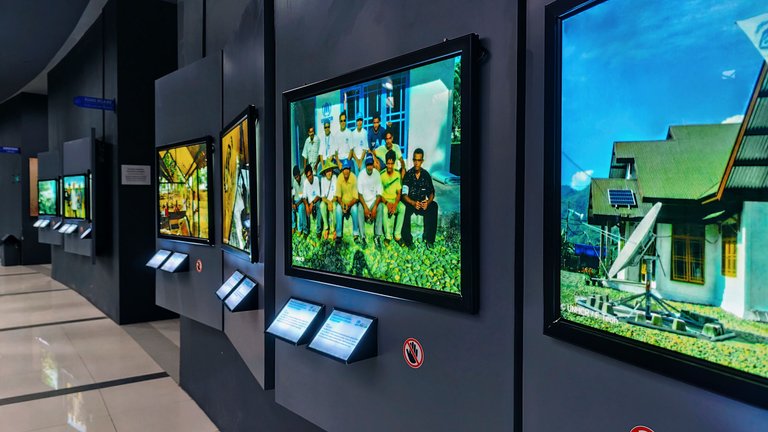
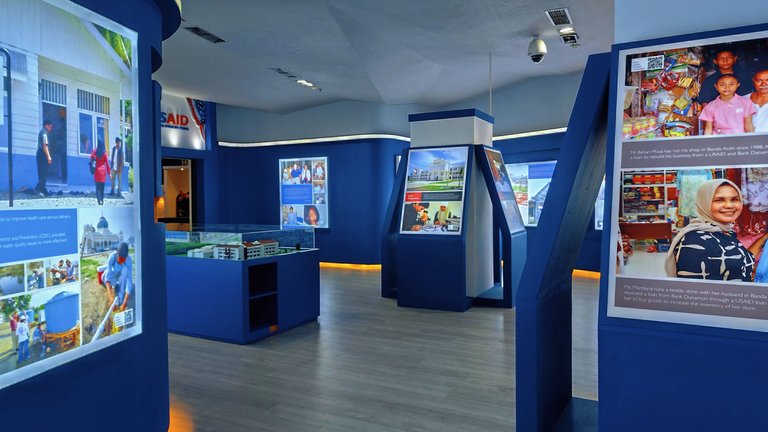
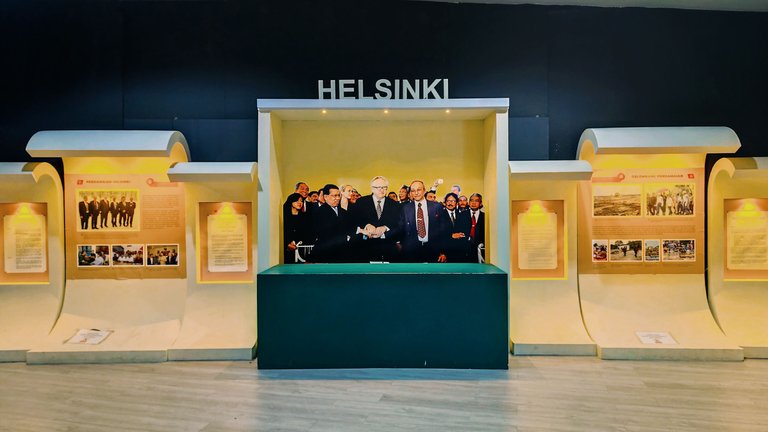
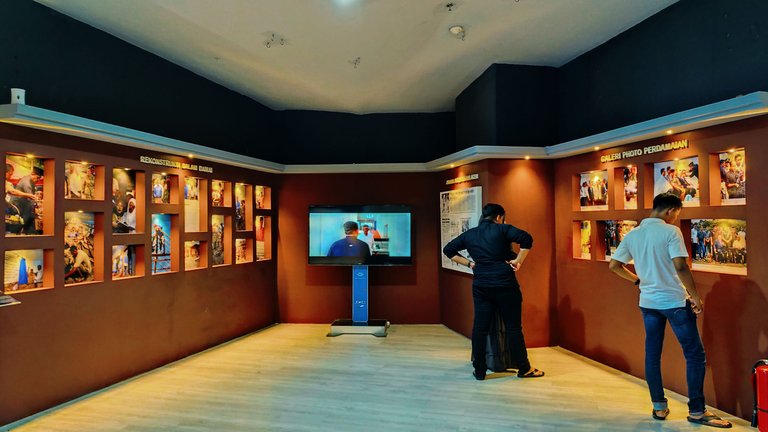
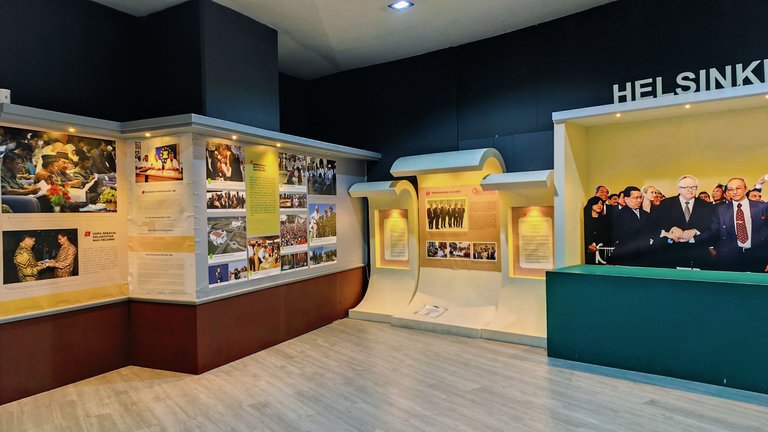
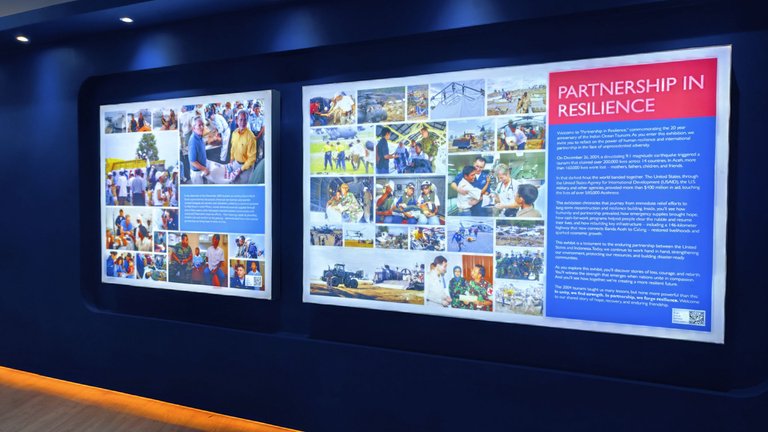
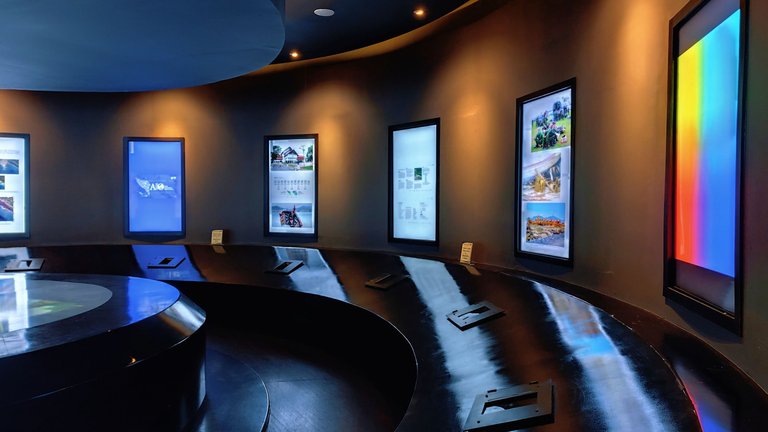
Aceh Tsunami Museum Miniature
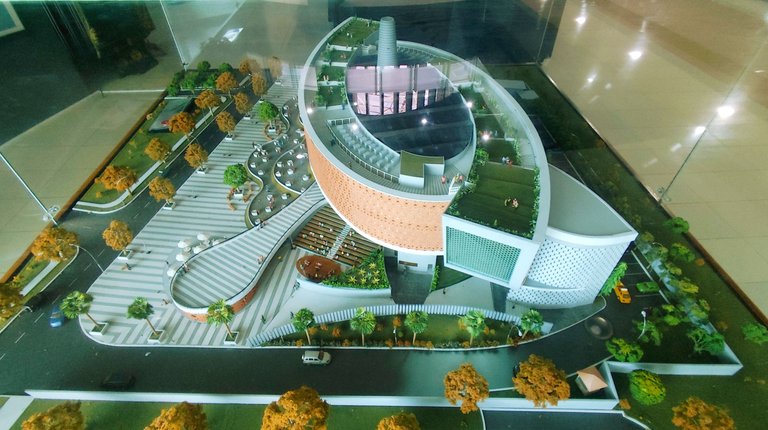
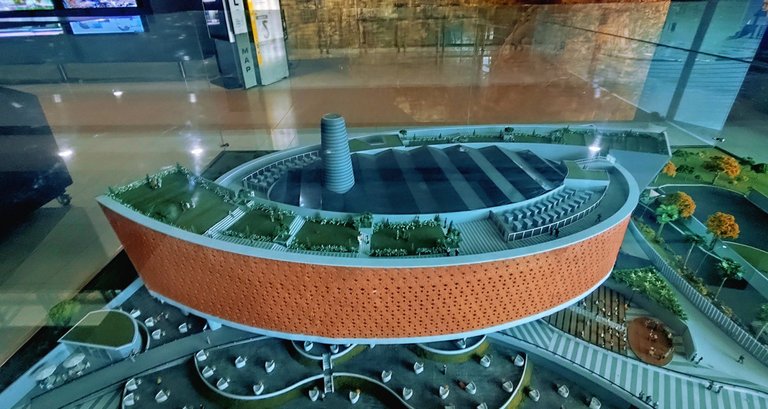
Photo Collection Room of Events During the Tsunami and After the Tsunami.
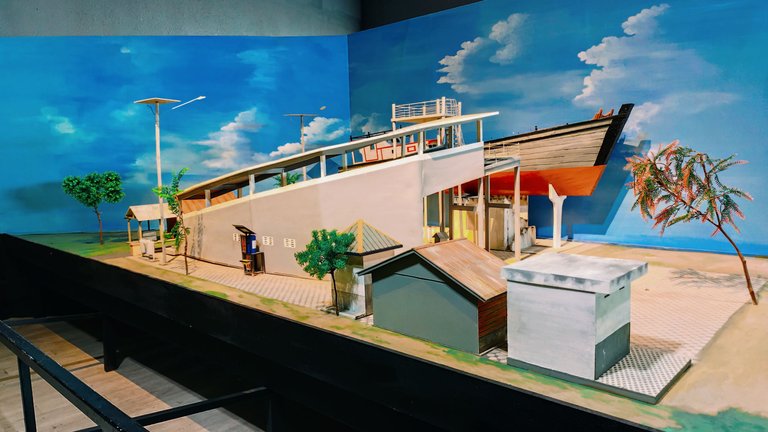
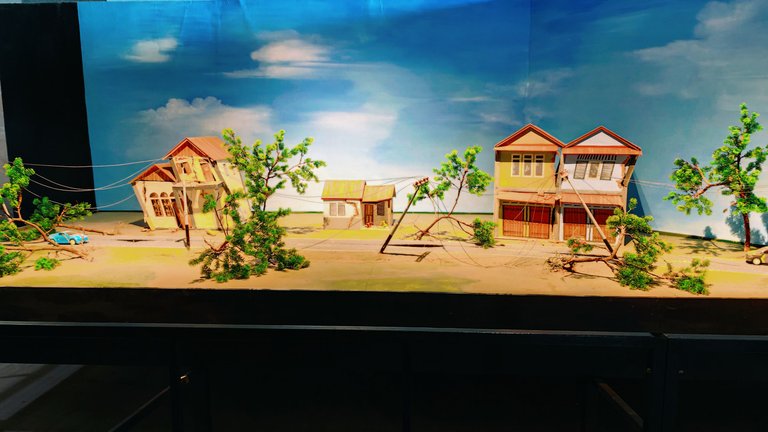
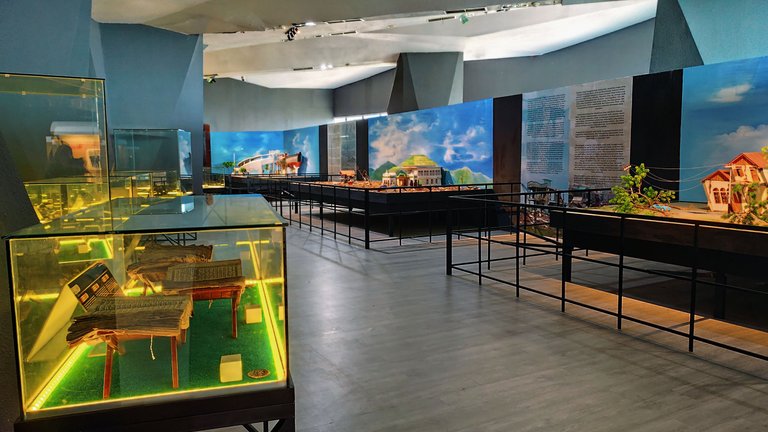
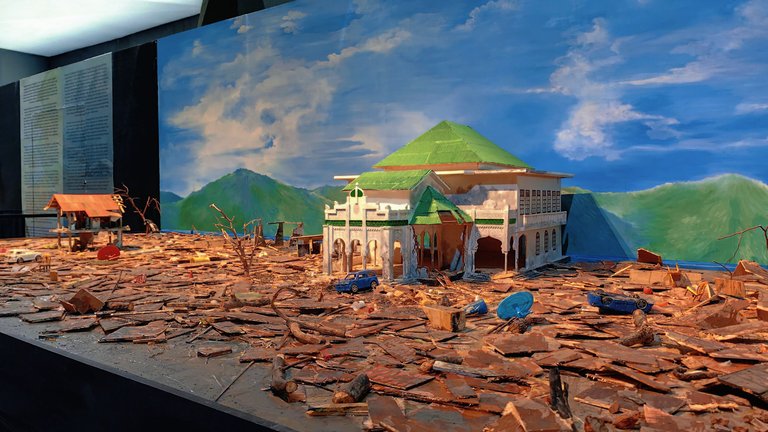
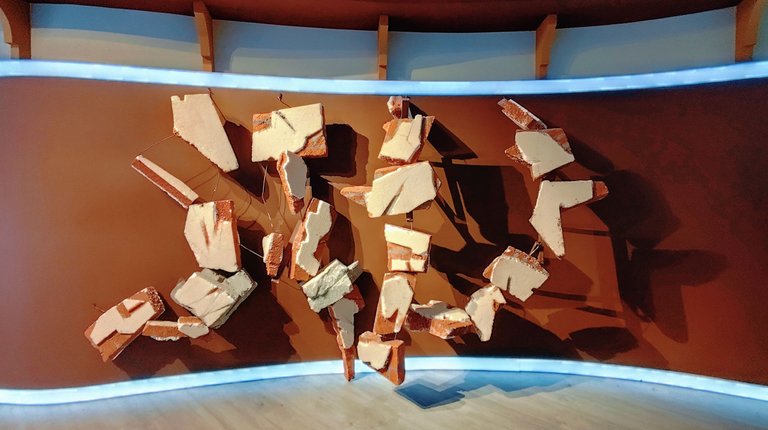
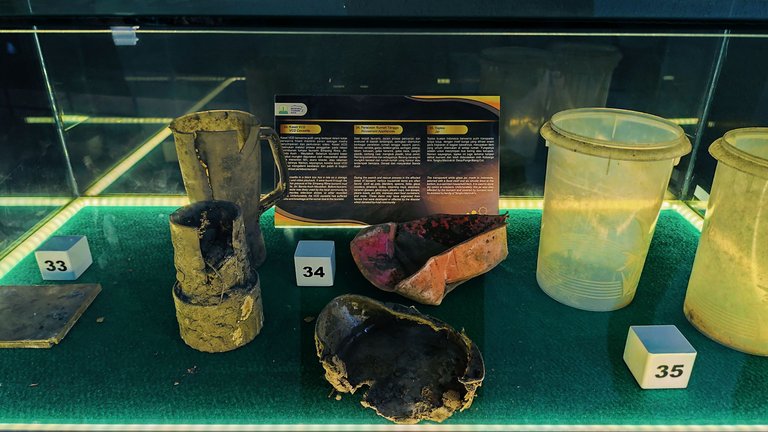
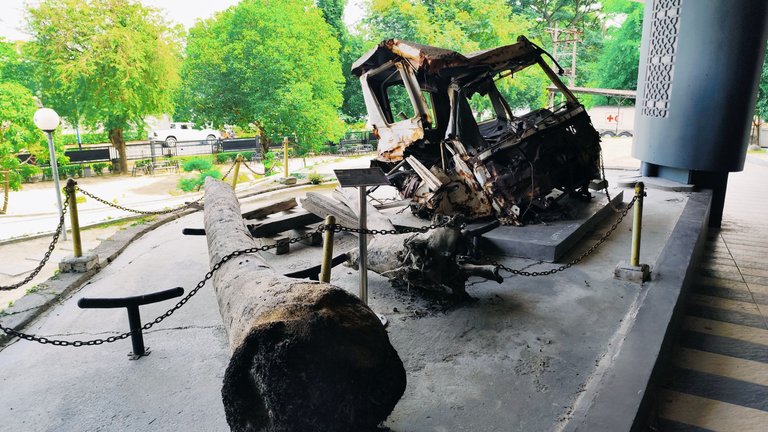
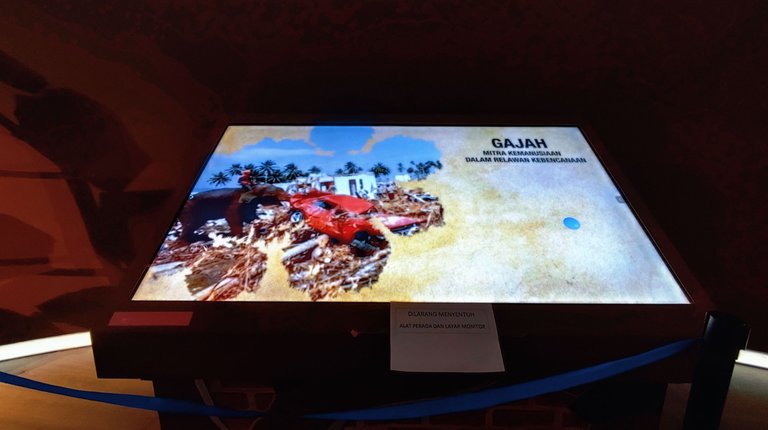
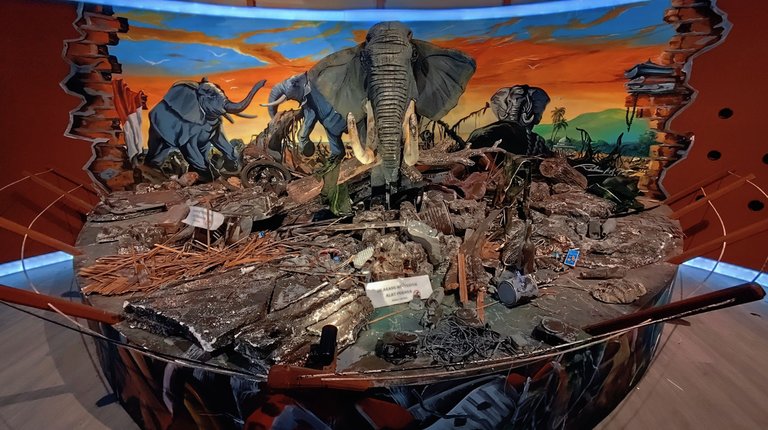
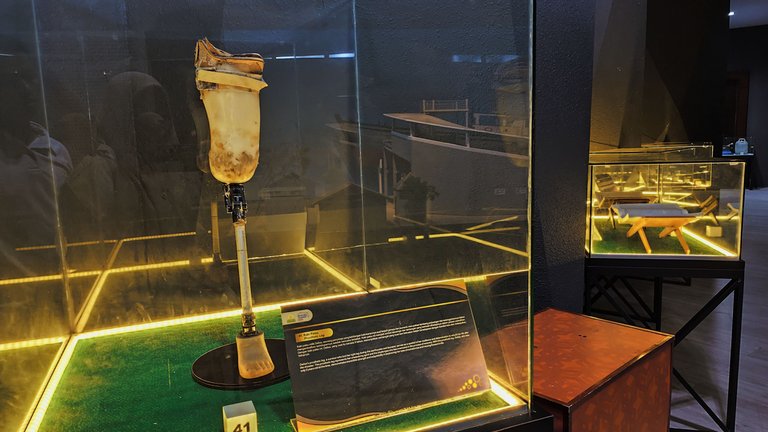
The M6 truck owned by the IFRC (International Federation Red Cross).
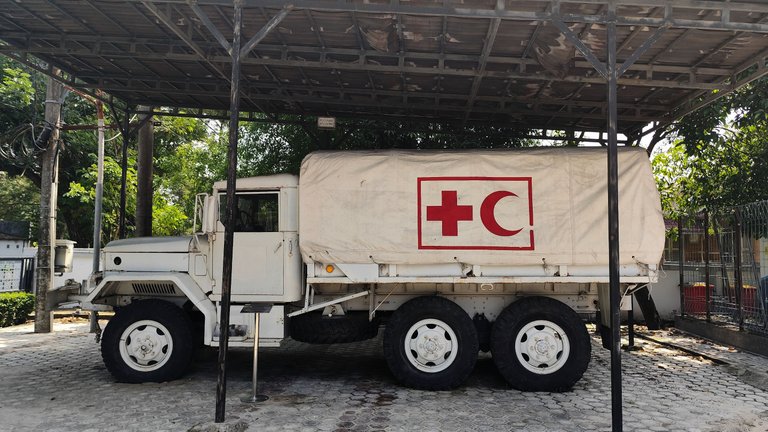
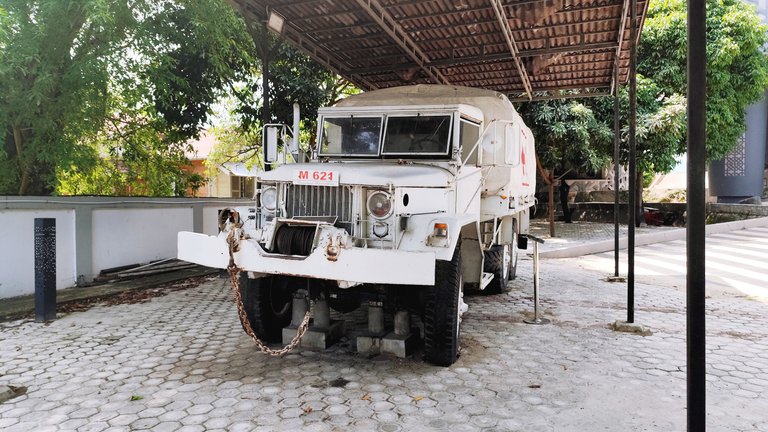
The M6 truck owned by the IFRC (International Federation Red Cross) was produced in America around 1968-1969. Initially it was for the military which was modified into a humanitarian aid truck to distribute logistical aid to tsunami-affected areas, with a load capacity of 10 tons, the M6 Truck can reach areas that are difficult to reach by ordinary vehicles. The main task of the M6 Truck is to transport the framework of aid construction and shelter houses.
The M6 Truck is equipped with emergency equipment such as a tool box, first aid kit and life jackets. A total of 100 M6 Truck units were sent to Aceh 5 months after the 2004 tsunami and operated as long as its Basecamp was at the PMI Provincial Office, Ajun Village. While in Aceh, the areas covered were Sigli, Lhokseumawe Calang, Meulaboh, Simeu, and Teunom.
Alright friends, that's all for our journey today, I hope you like the post we shared.
We also pray together for the victims of the Aceh Tsunami, 24 December 2004, hopefully they will all get the best place in God's sight. Aaminn... 🤲
